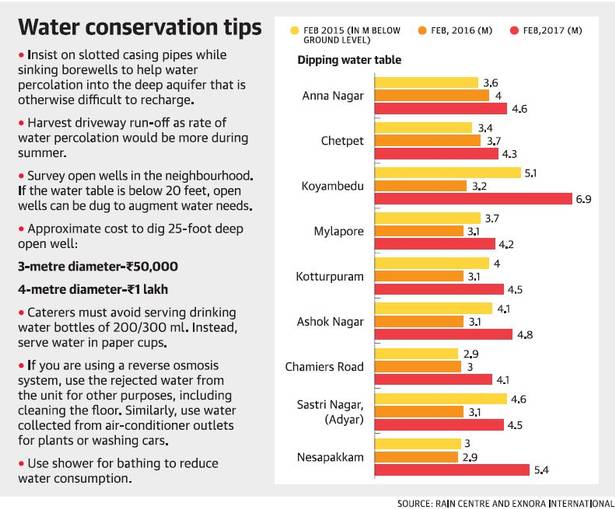7667766266
enquiry@shankarias.in
What is the issue?
Though blessed with thousands of water bodies and the annual average rainfall being reasonably good, water shortage still persists in Chennai.
What is the present situation?
What is the problem?
What should be done?

What is grey water recycling?
Source: The Hindu